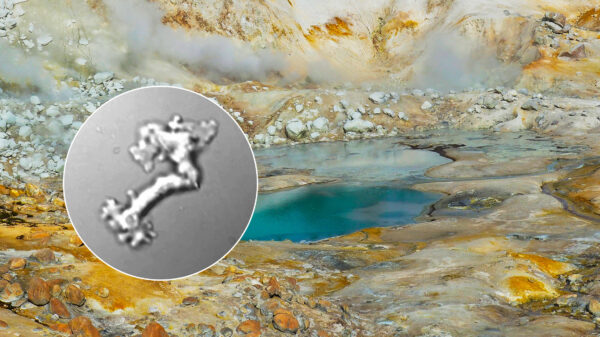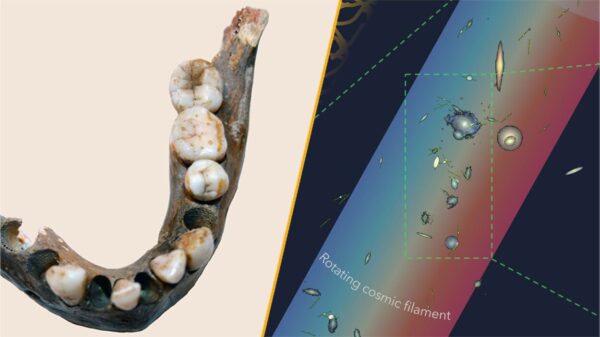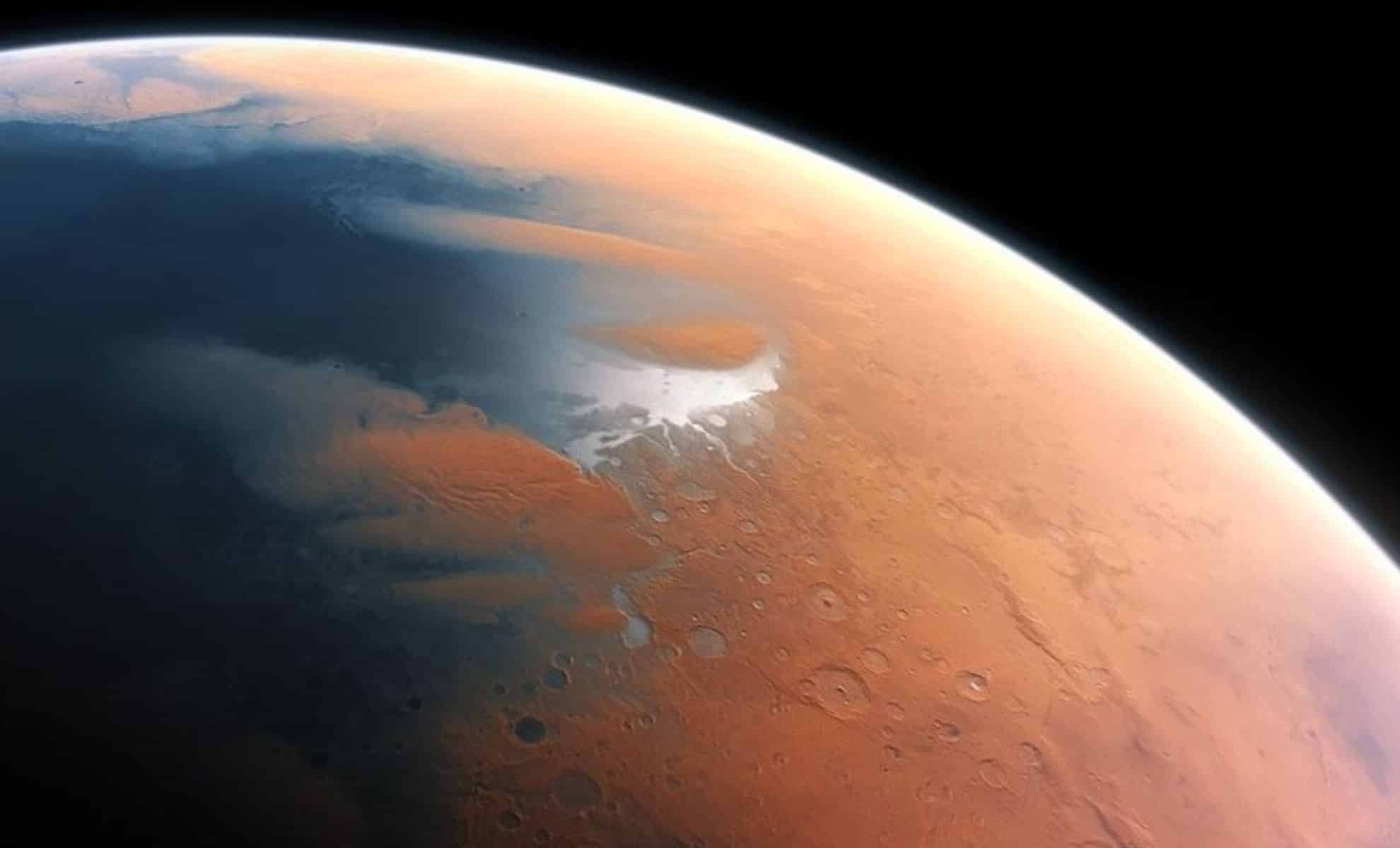Mars has long captured humanity’s imagination, especially given the tantalizing evidence of ancient river valleys and dried-up lakebeds that hint at a more hospitable past. But what exactly happened to Mars’ once-present water? A groundbreaking study published in Nature on July 2, 2025, offers a fresh perspective. It proposes that Mars’ transition from a potentially habitable world to the cold, arid planet we see today can be explained by a series of temporary warm periods, which were short-lived due to the planet’s unique environmental factors.
The research, led by planetary scientist Edwin Kite from the University of Chicago, explores how these brief windows of warmth, driven by gradual increases in the sun’s brightness, were insufficient to sustain long-term habitability on the Martian surface. The model suggests that Mars, unlike Earth, has a natural tendency to self-regulate and return to desert-like conditions.
A Planet’s Habitability: What Makes Mars Different?
Mars shares several key similarities with Earth, yet the two planets could not be more different when it comes to their habitability. Earth has managed to maintain a relatively stable environment, suitable for life, for billions of years. Mars, however, underwent a dramatic shift that left it as a cold, inhospitable desert. “For years, we’ve had this huge unanswered question for why Earth has managed to keep its habitability while Mars lost it,” said Edwin Kite, associate professor of geophysical sciences at the University of Chicago.
The new study suggests that while Mars may have experienced conditions conducive to liquid water in the past, these warm periods were brief and rare. Instead of maintaining a stable atmosphere and climate like Earth, Mars’ environmental conditions favored rapid desertification. The researchers propose that the key to understanding this mystery lies in the slow but steady increase in the sun’s brightness over time.
As the sun slowly became brighter, Mars may have experienced short, warm phases when liquid water could exist. However, these periods were fleeting, as the planet lacked mechanisms like Earth’s volcanic activity to maintain an active carbon cycle. Mars was unable to keep its atmosphere warm enough to sustain water for long periods. This study’s insights give a clearer picture of why Mars has remained a dry, frozen desert for much of its recent past.
How Carbonate-Rich Rocks Reveal Mars’ Lost Atmosphere
One of the most significant breakthroughs in understanding Mars’ transformation comes from NASA’s Curiosity rover, which discovered carbonate-rich rocks on Mars’ surface. These rocks, formed by interactions between water and carbon dioxide, are key to understanding what happened to the Martian atmosphere. “People have been looking for a tomb for the atmosphere for years,” said Kite.
The presence of carbonates suggests that Mars once had a thicker atmosphere, rich in greenhouse gases like carbon dioxide. But over time, much of that carbon dioxide was trapped in rocks, leaving behind a thin, inhospitable atmosphere. The Curiosity rover’s discovery of these carbonate minerals provides critical evidence that Mars’ atmosphere underwent dramatic changes, likely due to the formation of carbonates during periods of liquid water.
According to Kite, “Fortunately, Mars preserves a trace of that environmental catastrophe in the rocks on its surface,” allowing scientists to piece together a timeline of Mars’ atmospheric history. The research suggests that during the planet’s brief warm phases, liquid water helped lock carbon dioxide into rocks, pushing Mars further into a cold, dry state.
Mars’ Volcanic Dormancy: A Factor in Its Desertification
Unlike Earth, where volcanic activity continuously releases carbon dioxide into the atmosphere, Mars has been largely volcanically dormant in recent history. This is a crucial factor in understanding why Mars could not maintain an atmosphere thick enough to support liquid water. “In contrast to Earth, where there are always some volcanoes erupting, Mars right now is volcanically dormant, and the average rate of volcanic outgassing on Mars is slow,” explained Kite.
This slow volcanic activity means there is no mechanism to replenish the carbon dioxide that Mars loses during its warm phases. On Earth, volcanic eruptions release carbon dioxide back into the atmosphere, helping to maintain the planet’s greenhouse effect. On Mars, however, the absence of such volcanic activity means that any water that existed on the surface would quickly draw down the remaining carbon dioxide, leaving the planet cold and dry.
The lack of volcanic outgassing on Mars essentially makes it impossible for the planet to maintain the necessary conditions for long-term habitability. As a result, Mars experienced cycles of short-term liquid water, followed by long, desolate periods that could last for hundreds of millions of years.
The Role of Rovers in Unlocking Mars’ Secrets
The discovery of these carbonate-rich rocks by the Curiosity rover is just one example of how rovers on Mars have been pivotal in unraveling the planet’s past. “It really is something you cannot know until you have a rover on the surface,” said Benjamin Tutolo, co-author of the study and professor at the University of Calgary.
The Curiosity rover, along with other NASA missions, has provided invaluable data through its chemistry and mineralogy measurements, allowing scientists to gain a deeper understanding of Mars’ geological and environmental history. With two plutonium-powered rovers currently active on Mars and an international fleet of spacecraft in orbit, we are in what Kite describes as “a golden age of Mars science.”
These tools enable researchers to continue uncovering the planet’s mysteries and refine models that explain why Mars transitioned from a warm, wet world to a dry, inhospitable desert. As more data becomes available, scientists hope to shed light on how and why some planets remain habitable, offering insights into the possibility of life elsewhere in the universe.






































































